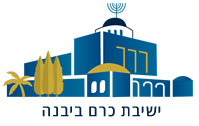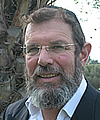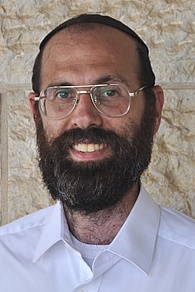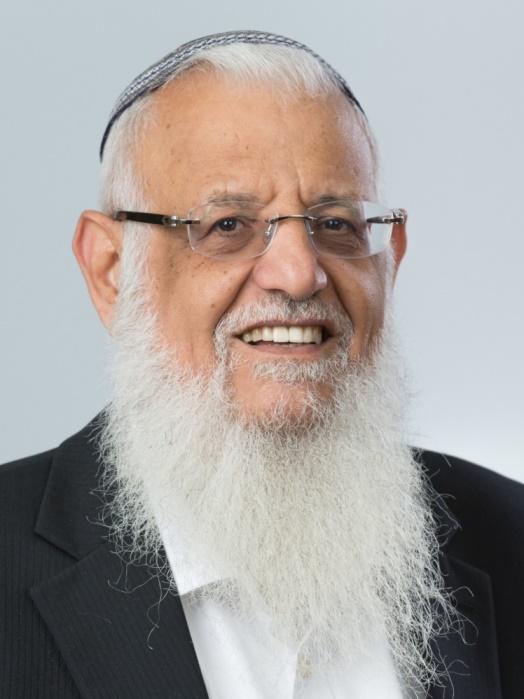Naming the months
הרב דני זוקרמן
The narrative of Yetzias Mitzrayim begins at the opening of Sefer Shemos and continues uninterrupted until the middle of Parshas Bo. The narrative is finally broken by the introduction of the first mitzvah given to klal yisrael.
החדש הזה לכם ראש חדשים ראשון הוא לכם לחדשי השנה
What is included in this mitzvah? We colloquially refer to this mitzvah as “kiddush hachodesh,” implying that the mitzvah is on beis din to declare each month and, more generally, to establish the calendar based on the process of kiddush hachodesh as described in Maseches Rosh Hashana and Rambam Hilchos Kiddush Hachodesh.
Ramban, however, adds an additional component to this mitzva. He states that, along with establishing the months based on lunar cycle, the mitzva also entails counting the months in relation to yetzias mitzrayim. The Torah names the months החדש הראשון, החדש השני etc. because by doing so we recall the geula from mitzrayim with each name.
Ramban notes a similar phenomenon regarding the days of the week. The mitzva of זכור את יום השבת לקדשו entails not only reciting kiddush on Shabbos, but naming each day of the week in terms of its proximity to Shabbos. [We fulfill this mitzva dioraisa every day right before we say the shir shel yom. Some poskim point out that even according to the minhag of the Vilna Gaon and of Ashkenazim in Eretz Yisrael who skip the regular shir shel yom on Rosh Chodesh and Chanuka etc., there is still a mitzva to state “היום יום פלוני בשבת” as a fulfillment of זכור את יום השבת לקדשו.] The names we use for days and months reflect our constant awareness of בריאת העולם and יציאת מצרים.
Given the significance of naming months in recognition of יציאת מצירם, it is surprising that we generally refer to our months by names of a completely different origin. How can our practice seemingly ignore a mitzva dioraisa? Ramban explains that we use Persian names in order to remember that Hashem took us out of Galus Bavel.
However, it is unclear how Ramban’s solution answers the question. If Ramban is correct that counting months is a part of the mitzva dioraisa of החדש הזה לכם, then what license do Chazal have to override that obligation, even for a worthy cause?
Ramban explains based on the pasuk ולא יאמר עוד חי ה’ אשר העלה את בני ישראל מארץ מצרים כי אם חי ה’ אשר העלה ואשר הביא את בני ישראל מארץ צפון. This pasuk teaches us that the process of galus and geula that occured in mitzrayim would be repeated in history. Subsequent periods of galus and geula would be understood in light of our previous experience in Mitzrayim.
Therefore, renaming months is not meant to override our recollection of yetzias mitzrayim, but to overlay that recollection with the recollection of another galus and geula. As Ramban says in his דרשה לראש השנה (pg. 216), ולא שנשנה השמום הראשונים ונשכח גאולת מצרים אבל שנצרף שמות בבל להודיע ולזכור ששם עמדנו ומשם הוציאנו השם.
Perhaps the core of this idea can be found in the Ramban’s lenghty comment at the end of our parsha.
The common halachic theme of “זכר ליציאת מצרים” presents us with persistent reminders of Hashem’s omniscience, omnipotence, hashgacha, and relationship with klal yisrael. Those elements are on display not only in the process of yetzias mitzrayim, but in all processes of geula throughout our history.
It is therefore readily understanable how the recollection of other geulos could enter its way into a practice that originally commemorated only yetzias mitzrayim.
When we recite the name of a month, we are implicitly recognizing that הקב”ה not only took us out of Mitzrayim, he redeemed us from a subsequent galus as well.
In our days, we once against find ourselves davening that we should see the final fulfillment of Hashem’s promises to us, and that we should see a final geula that concludes the process which first began in mitzrayim.
השיעור ניתן בו' שבט תשפ"ד
קוד השיעור: 9358
לשליחת שאלה או הארה בנוגע לשיעור:

.jpg)



 (1).jpg)

